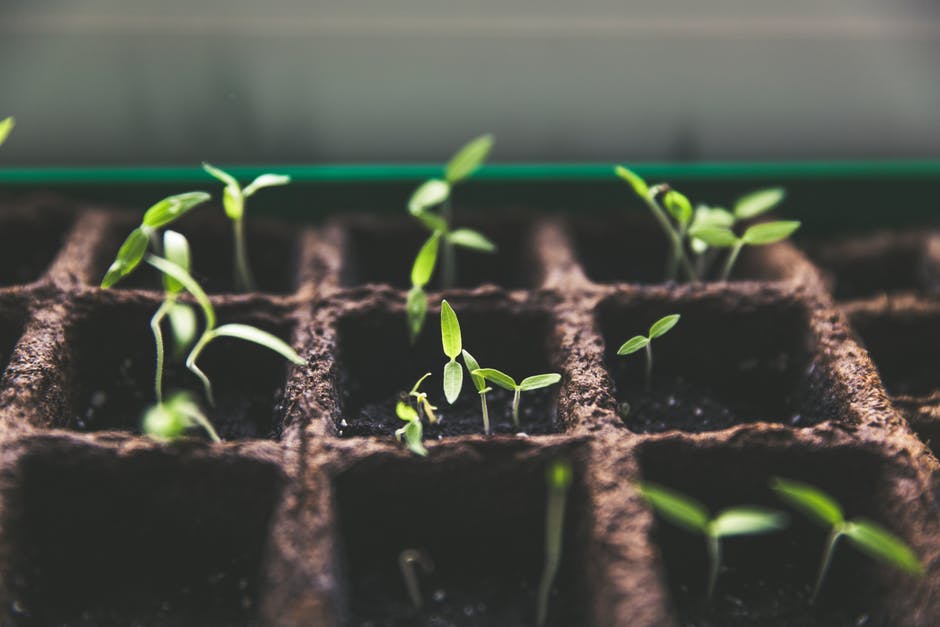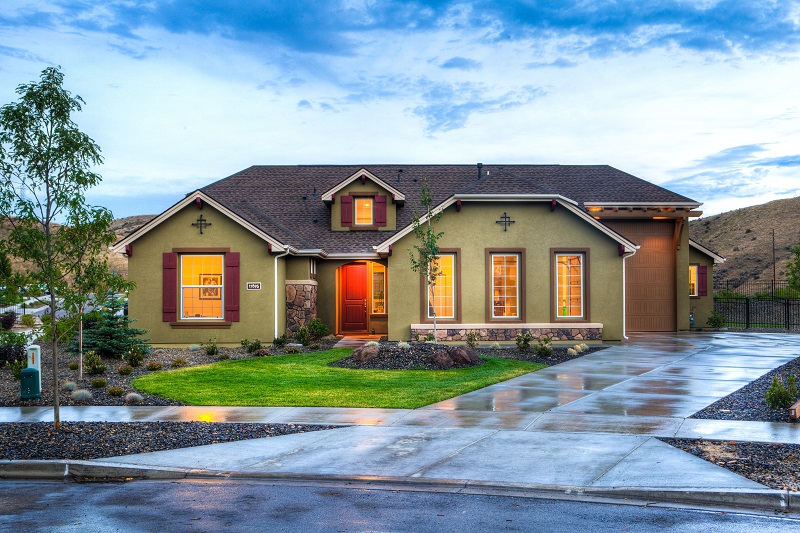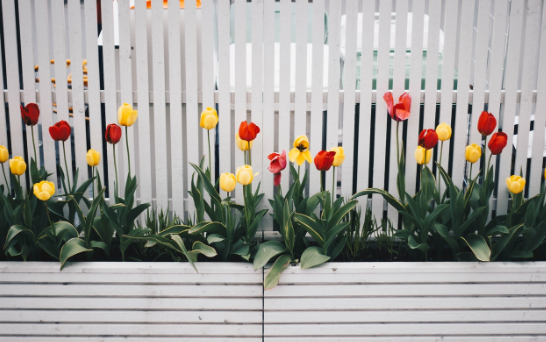Trees can be beautiful in your garden. They provide much-needed shade, stunning blossoms, and some even provide you with a free source of food. Of course, this depends on what type of tree you have.
However, regardless of what tree or trees are in your yard, you need to look after them. While it’s a good idea to get n contact with a reputable tree arborist Sydney, you should also be aware of the basics of tree care, this will help them to stay in the best possible condition year after year.
Planting
If you’re planting a new tree then make sure the hole is roughly twice as big as the rootball of the tree. This will give it room to settle. You should also use the original soil to refill the hole.
When it is approximately two thirds full add some water to help the tree establish itself.
A little mulch is also a good idea around the base of the tree, it discourages weeds.
Looking After Your New Tree
Watering is the key component in the early stages. It needs a good dose of water straight after planting. You’ll then need to monitor it carefully for at least 6 months. It should have 1.5 inches of rainfall a week. If there is no rain you’ll have to water it.
A good way of doing this is to fill a bucket with water and sink the base into the soil next to the tree. Put a small hole in the bottom of the bucket and the water will trickle into the soil, ensuring the tree has all it needs.
Pruning
Established trees need to be pruned, this ensures they grow in shape and dead pieces are removed. Dead parts of the tree will still absorb nutrients, weakening the rest of the tree.
Before you start pruning make sure your cutting tools are sanitized. This is especially relevant when you’re moving between trees as this is an effective way of spreading infections.
Dead branches should be removed as should any branches that are growing at the wrong angles.
Always trim a tree at the end of winter before the spring begins properly, this gives it the best window for recovery.
Cutting A Tree Down
On rare occasions, you may need to remove the tree altogether. You should only do this after consulting with a specialist. If the tree is large you‘ll want to get the professionals in to remove it, rather than risk it landing on someone’s roof.
The main reason for removing a tree is that its diseased or dead. However, if it is one of these and still has a use without being a danger to others, you don’t have to remove it.
Just remember, an infected tree is likely to pass it’s infection to a neighboring tree, you’ll want to remove it before this happens.
As a final note don’t forget that you can cut a tree down but it can be very difficult to remove the tree trunk. Consider this before you have it felled.








